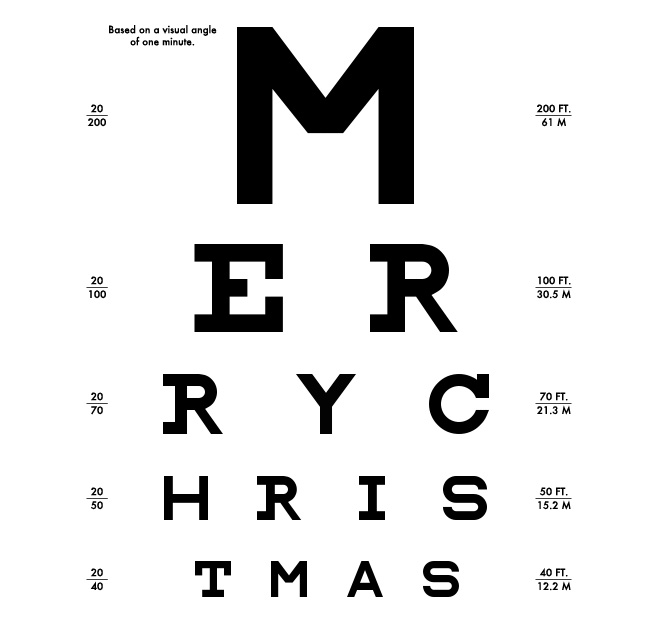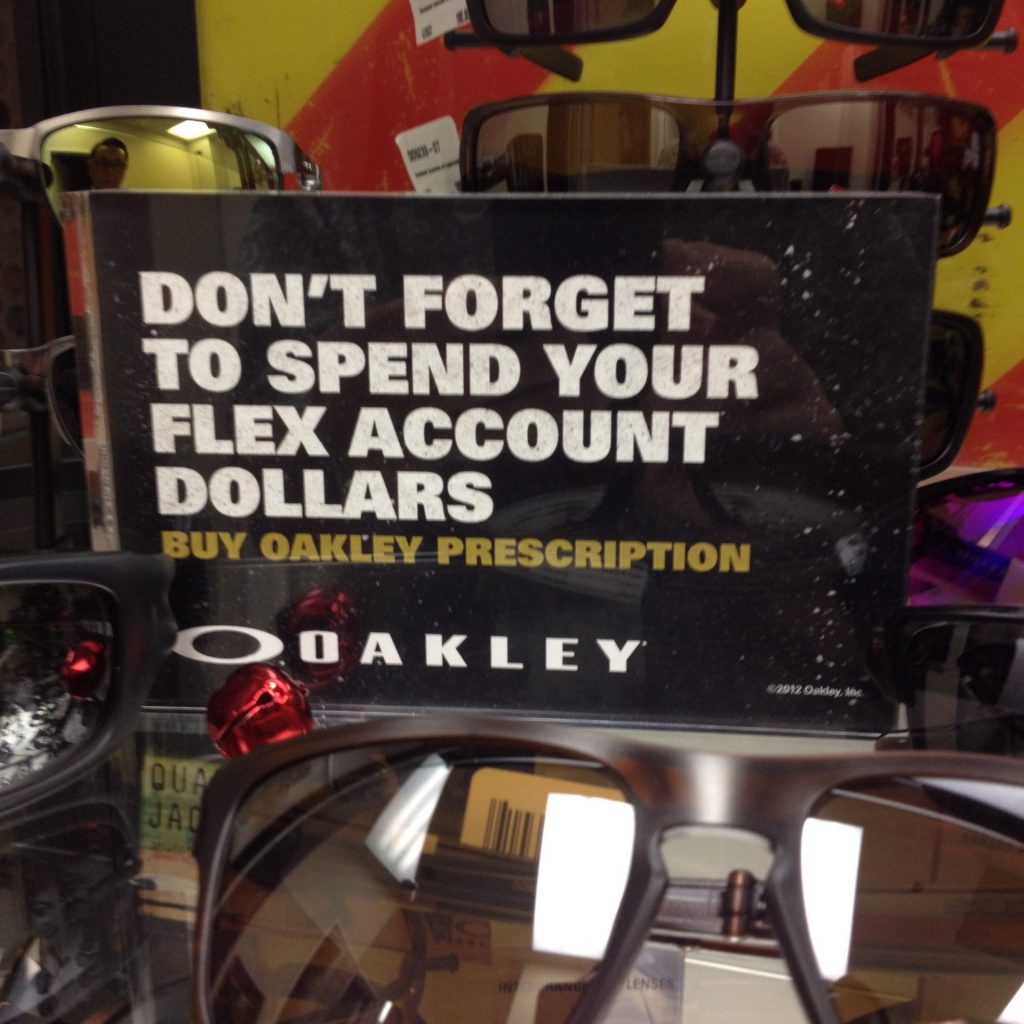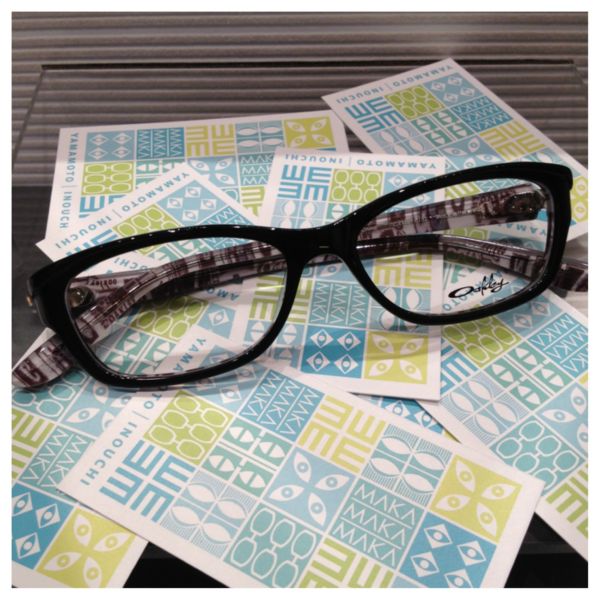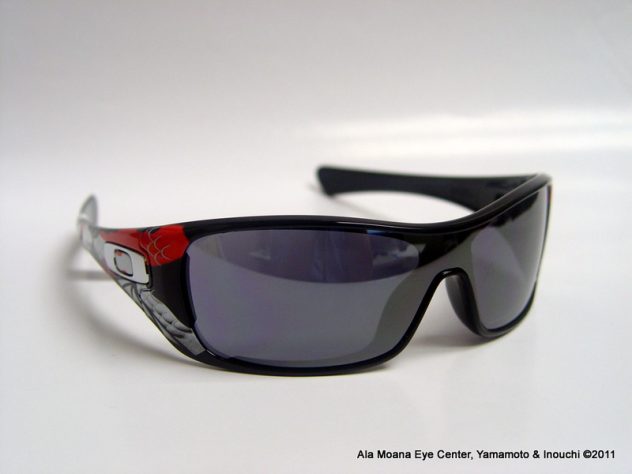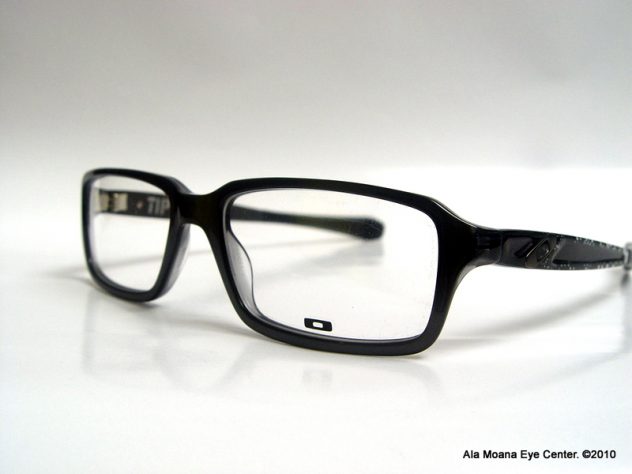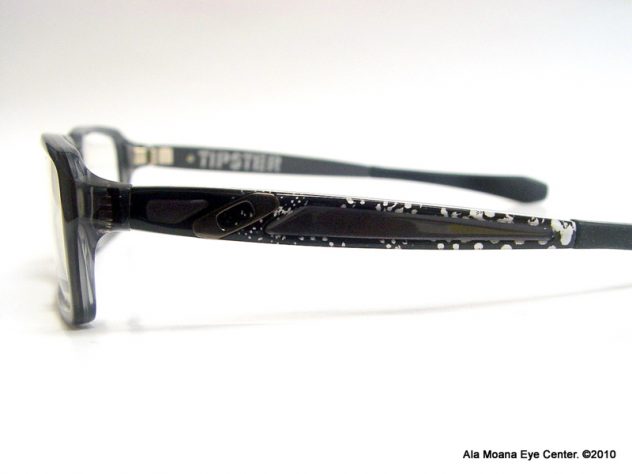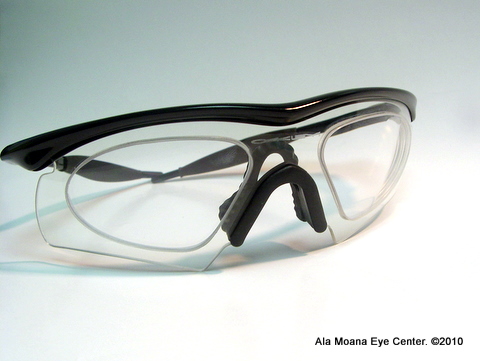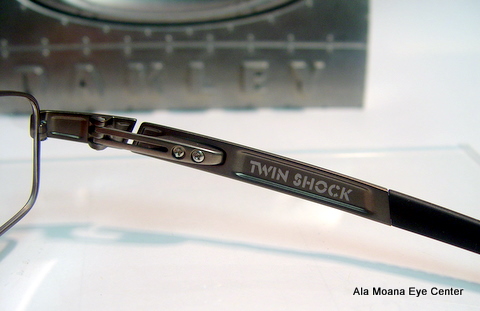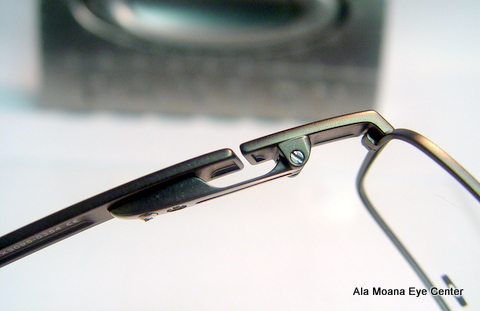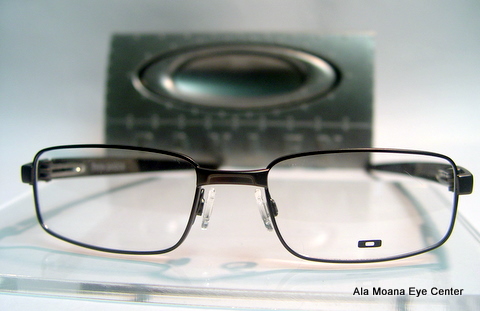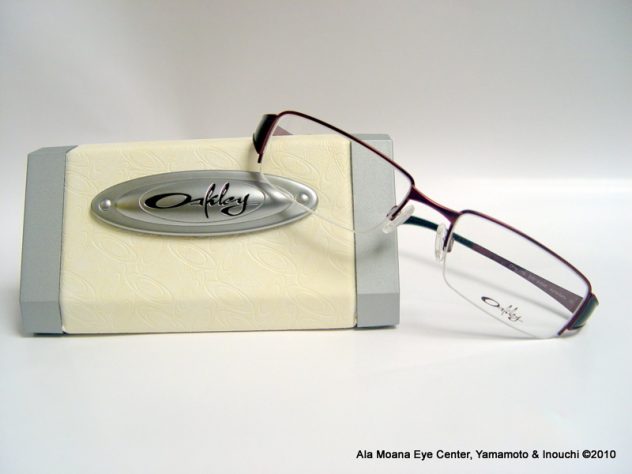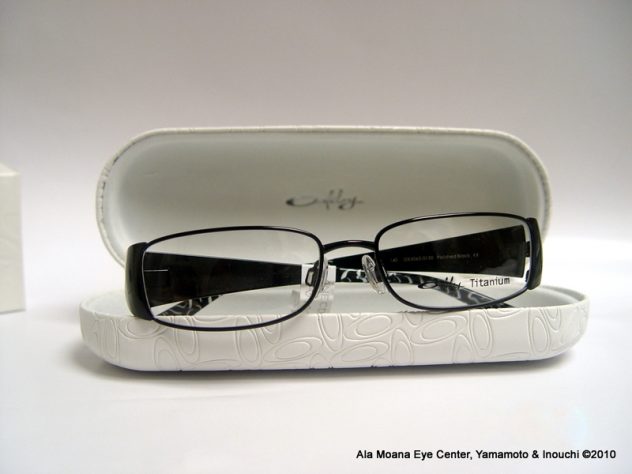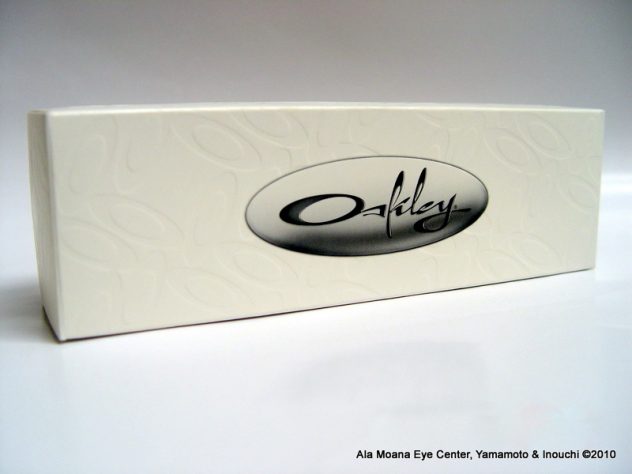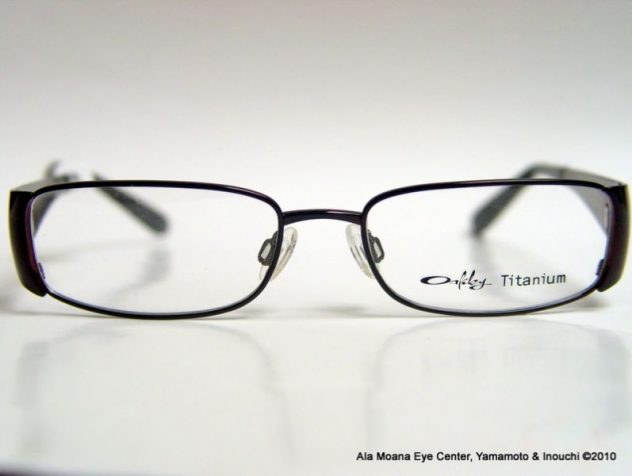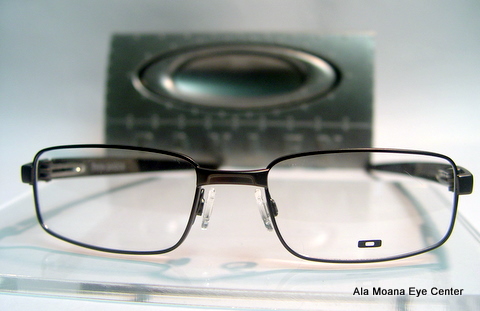As technology use continues to rise both at home and in classrooms, parents severely underestimate the time their children spend on digital devices. A survey by the American Optometric Association (AOA) found that 83 percent of children between the ages of 10 and 17 say they use an electronic device for at least three hours each day. However, a separate AOA survey revealed that only 40 percent of parents believe their children use an electronic device for that same amount of time. This disparity is concerning to eye doctors and may indicate that parents are more likely to overlook warning signs associated with vision problems due to technology use.
Digital eye strain, a temporary condition caused by prolonged technology use, can cause children to experience burning, itchy or tired eyes, headaches, fatigue, loss of focus and blurred vision.
To protect vision from digital eye strain, children should make sure they practice the 20-20-20 rule: take a 20-second break, every 20 minutes and view something 20 feet away. Additionally, the following recommendations can help prevent or reduce digital eye strain:
- Position computer screens four to five inches below eye level and 20 to 28 inches away from the eyes. Digital devices should be held slightly below eye level.
- Prevent glare on the screen by turning your desk or computer away from windows or other light sources.
- Match the room lighting to the computer screen by substituting a lower-watt overhead light or using a dimmer switch.
- Adjust font sizes to make text bigger and easier to read.
- Blink frequently to minimize the chances of developing dry eye.
Optometrists are also concerned about high-energy, short-wavelength blue and violet light emitted from everyday electronic devices and how those rays might affect and even age the eyes. Early research shows that overexposure to blue light could contribute to eye strain and discomfort and may lead to serious conditions such as age-related macular degeneration (AMD).
The AOA recommends that every child have an eye exam by an optometrist soon after 6 months of age and before age 3. The Pediatric Essential Health Benefit in the Affordable Care Act now provides children through age 18 with yearly comprehensive eye exams.


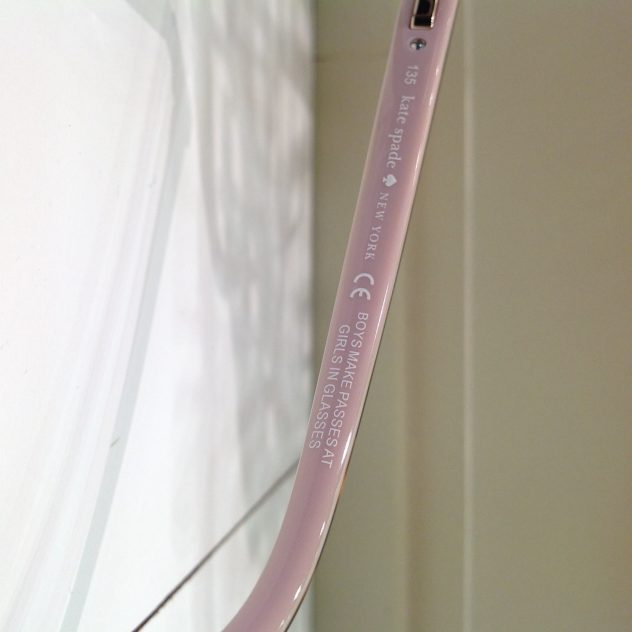
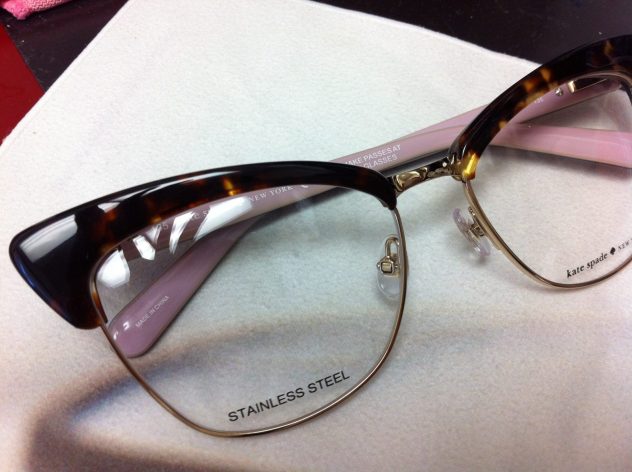
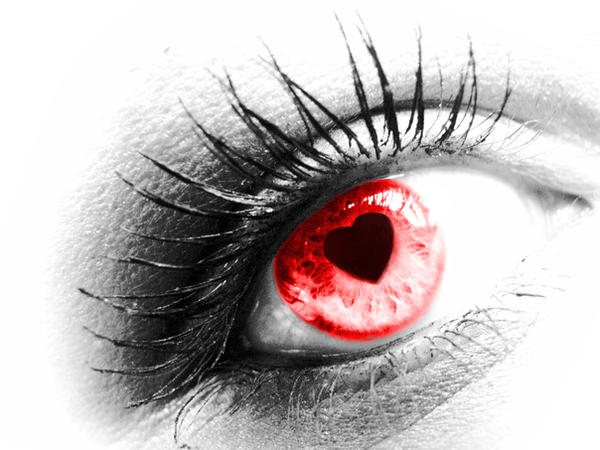 Source: http://fc09.deviantart.net/fs41/i/2009/029/3/4/Valentine__s_eye_by_V_a_N_i_e.jpg
Source: http://fc09.deviantart.net/fs41/i/2009/029/3/4/Valentine__s_eye_by_V_a_N_i_e.jpg





